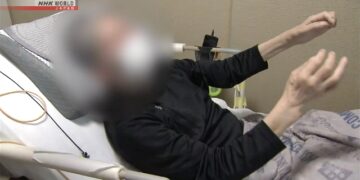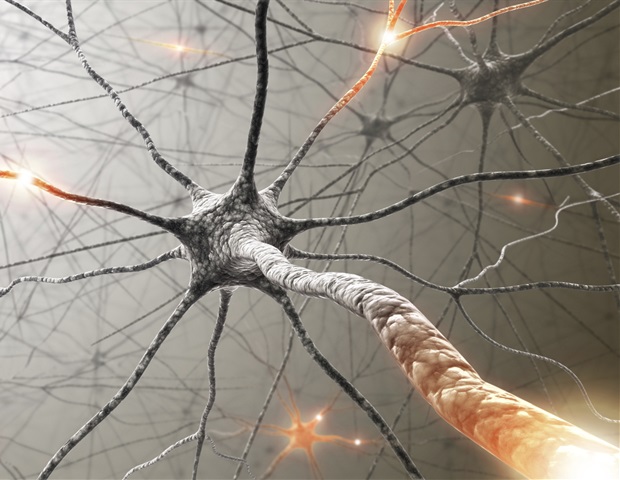Summary: A groundbreaking study has found that adults can recall more detailed memories from their childhood after briefly perceiving themselves as a child’s version of their own face. Using a virtual “enfacement illusion,” participants saw a vivid, altered image of their face that resembled what they looked like as children, creating a temporary sense of embodying their younger self.
This experience significantly improved access to early episodic memories compared to a control group. The findings reveal that altering body perception can unlock forgotten memories and could inform new approaches to memory rehabilitation and childhood amnesia research.
Key facts:
Bodily self-binding: Temporarily embodying a childhood version of one’s face enhances recall of early autobiographical memories. First-of-its-kind study: This is the first evidence that changes in body perception can influence access to remote memories. Future potential: One day the technique could be adapted for people with memory problems or used to explore childhood amnesia.
Source: Anglia Ruskin University
New research has found that briefly altering the way we perceive our own body can help unlock autobiographical memories, potentially even those from the earliest stages of childhood.
Published in the journal Nature Scientific Reports, the study is the first to discover that adults can better access their earliest memories after embodying a child version of their own face.
Led by neuroscientists at Anglia Ruskin University (ARU) in Cambridge, the study of 50 adult participants involved an “enfacement illusion”, which allows people to experience a face they see on a computer screen as their own, as if looking in a mirror.
Participants watched a live video of their own face, digitally altered using an image filter to resemble how they would look as a child. As they moved their heads, the face on the screen mirrored their movements, creating a strong sensation that the child’s face was their own. A control group saw their adult faces unchanged under the same conditions.
After the illusion, participants completed an autobiographical memory interview, recalling events from both their childhood and the past year.
The researchers recorded and quantified the amount of detail participants provided when recalling their episodic autobiographical memories. These are memories that allow one to mentally relive previous experiences and mentally “time travel” to events in one’s past.
The study is the first to show that access to remote memories can be affected by changes in the body and the results found that participants who saw the child version of their face recalled significantly more episodic memories from childhood than those who saw their adult face.
The researchers believe the findings offer new insights into how body self-perception interacts with memory and could pave the way for new techniques to access previously inaccessible memories, possibly including those from the “infantile amnesia” phase, which typically occurs before the age of three.
Lead author Dr Utkarsh Gupta conducted the study as part of his PhD at Anglia Ruskin University and is now a cognitive neuroscience researcher at the University of North Dakota. Dr. Gupta said, “All the events we remember are not only experiences of the external world, but also experiences of our body, which is always present.
“We found that temporary changes to the body—specifically, embodying a childhood version of one’s own face—can significantly improve access to childhood memories.
“This could be because the brain encodes bodily information as part of the details of an event. Reintroducing similar bodily signals can help us recall those memories, even decades later.”
Lead author Professor Jane Aspell, who runs the Self & Body Lab at Anglia Ruskin University, said: “When our childhood memories were formed, we had a different body. So we asked ourselves: if we could help people experience aspects of that body again, could we help them remember their memories from that time?”
“Our findings suggest that the bodily self and autobiographical memory are linked, as temporal changes in bodily experience can facilitate access to remote autobiographical memories.
“These results are really exciting and suggest that more sophisticated body illusions could be used to unlock memories from different stages of our lives, perhaps even from early childhood. In the future, it may even be possible to adapt the illusion to create interventions that can help recover memory in people with memory problems.”
Key questions answered:
A: It is a virtual experience in which participants see a live video of their own face altered to look different (in this study, more child-like), creating the sensation that the altered face is their own reflection.
A: Participants who saw their child faces recalled significantly more detailed and vivid childhood memories than those who saw their adult faces.
A: The brain encodes bodily sensations as part of memory, so reintroducing similar physical cues (such as seeing a younger version of yourself) can help retrieve memories associated with that earlier body.
About this research news in visual neuroscience and memory
Author: Jon Green
Source: Anglia Ruskin University
Contact: Jon Green – Anglia Ruskin University
Image: Image is credited to Neuroscience News.
Original research: Open access.
“The illusory property of the younger face facilitates access to episodic autobiographical memories of childhood” by Utkarsh Gupta et al. Scientific Reports
Abstract
The illusory property of the younger face facilitates access to episodic autobiographical memories of childhood
Our autobiographical memories reflect our personal experiences at specific times in our lives. All life events are experienced while we inhabit our body, raising the question of whether a representation of our bodily self is inherent in our memories.
Here we explored this possibility by investigating whether the retrieval of autobiographical memories from childhood would be influenced by a bodily illusion that provides participants with the experience of possessing a “childhood version” of their own face. 50 neurologically healthy adults were evaluated in an online enfacement illusion study.
Feelings of ownership and agency over the face were greater during the conditions with visuomotor synchrony than in the asynchronous conditions. Crucially, participants who embodied their child face recalled more details of childhood episodic memory than those who embodied their adult face.
No effects were found on autobiographical semantic memory recall. This finding indicates that there is an interaction between the body self and autobiographical memory, showing that temporal changes in the representation and experience of the body self impact memory access.




















